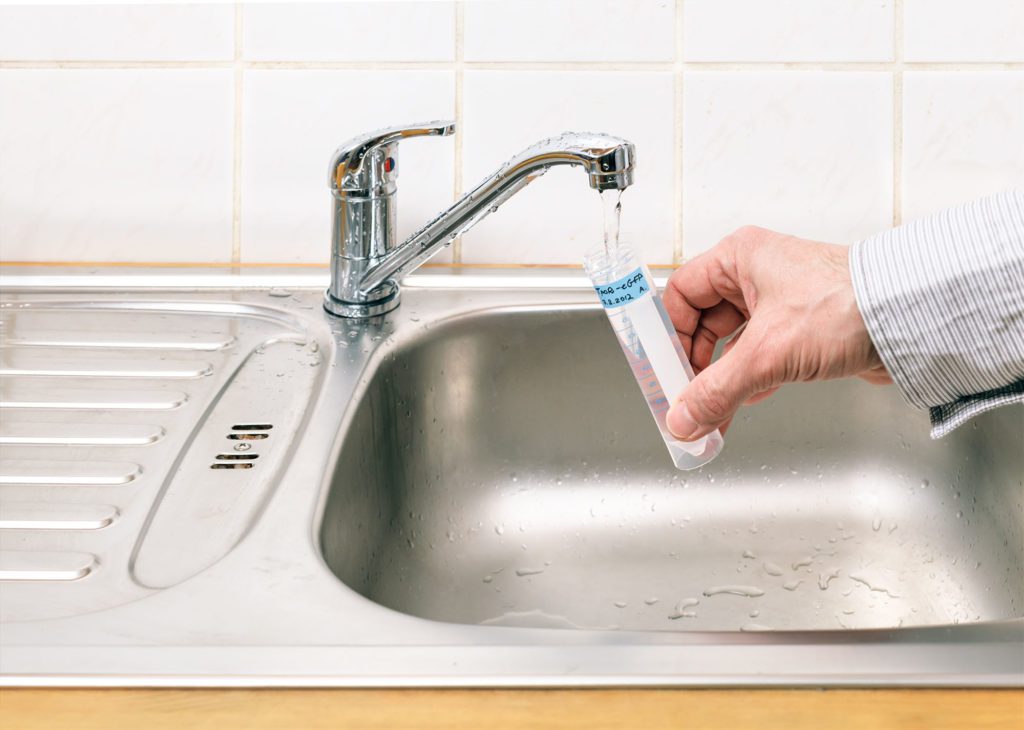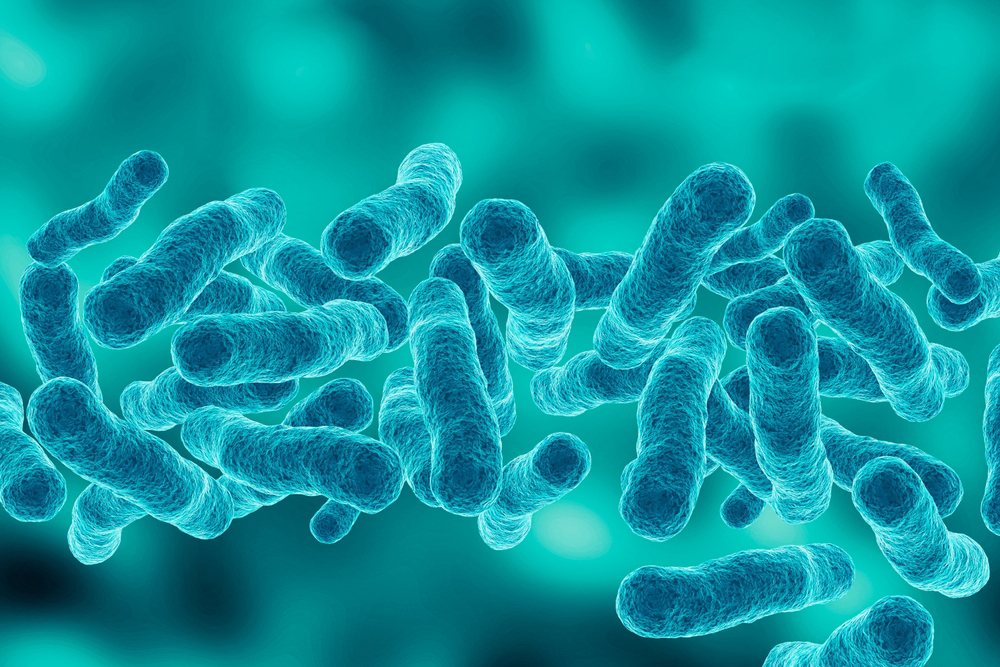Legionella
What is Legionella?
Legionella is a type of bacteria commonly found in natural freshwater environments, such as lakes and rivers. However, it can become a serious health hazard when it grows and spreads in man-made water systems, such as cooling towers, hot water tanks, and industrial plumbing systems. The most dangerous species, Legionella pneumophila, is known to cause Legionnaires’ disease—a severe form of pneumonia.
Why is Legionella Harmful?
When Legionella bacteria multiply in industrial water systems, they pose a serious health risk to employees and visitors. The primary mode of transmission is through inhalation of contaminated water droplets, often dispersed from cooling towers, showers, and other aerosol-generating systems.
Health Risks:
- Legionnaires Disease: A potentially fatal pneumonia-like illness with symptoms including fever, cough, muscle aches, and difficulty breathing.
- Pontiac Fever: A milder flu-like illness that does not cause pneumonia but still results in fever, headache, and muscle pain.
- High-Risk Groups: Elderly individuals, smokers, people with lung conditions, and those with weakened immune systems are more susceptible to severe infections.
How to Prevent Legionella in an Industrial Setting
Preventing Legionella growth and transmission requires proactive water management strategies. Industrial facilities must implement comprehensive control measures to minimise the risk of bacterial contamination.
Key Prevention Strategies:
- Water System Maintenance: Regular inspection and maintenance of water storage tanks, pipes, and cooling towers to prevent stagnation and bacterial growth.
- Temperature Control: Keeping water temperatures outside the ideal growth range for Legionella (20°C-45°C). Hot water should be stored above 60°C and delivered at a minimum of 50°C, while cold water should be kept below 20°C.
- Regular Disinfection: Implementing chemical treatments such as chlorine, chlorine dioxide, or ultraviolet (UV) light to kill Legionella bacteria.
- Routine Water Testing: Conducting periodic sampling and testing for Legionella to identify and address contamination early.
- Aerosol Control: Reducing the formation of water droplets in cooling towers, humidifiers, and other equipment that may disperse bacteria into the air.
- Risk Assessment & Compliance: Adhering to local health and safety regulations, conducting risk assessments, and implementing a Legionella management plan.


Our Legionella Control Services
We offer a comprehensive range of services to help businesses effectively manage and mitigate Legionella risks.
- Legionella Risk Assessments: Identifying potential sources of contamination and developing tailored control strategies.
- Water Testing & Monitoring: Routine sampling and laboratory analysis to detect Legionella bacteria and ensure compliance.
- System Cleaning & Disinfection: Thorough cleaning and disinfection of water systems, including cooling towers and hot water tanks.
- Temperature Monitoring & Control: Implementing control measures to maintain safe water temperatures and reduce bacterial growth.
- Compliance & Training: Providing expert guidance on regulatory requirements and staff training to maintain best practices in Legionella control.
Scheme of Control for Legionella Monitoring
To effectively monitor and manage Legionella risks, a scheme of control should include:
- An Up-to-Date Plan of the Water System: A detailed diagram outlining all water sources and flow paths.
- Description of Safe Operation: Guidelines on how the water system should be managed safely.
- Necessary Precautions: Steps to prevent Legionella growth and reduce exposure risks.
- Tasks to Be Performed: Specific monitoring, maintenance, and cleaning activities.
- Frequency of Tasks: How often each task should be conducted to ensure optimal safety.
- Responsible Personnel: Designated individuals responsible for carrying out control measures.
- Remedial Actions: Defined corrective steps to be taken in case of Legionella contamination or non-compliance.
By implementing these preventative measures and leveraging our expertise, industrial facilities can significantly reduce the risk of Legionella contamination, ensuring a safer environment for workers and visitors.
GET IN TOUCH

